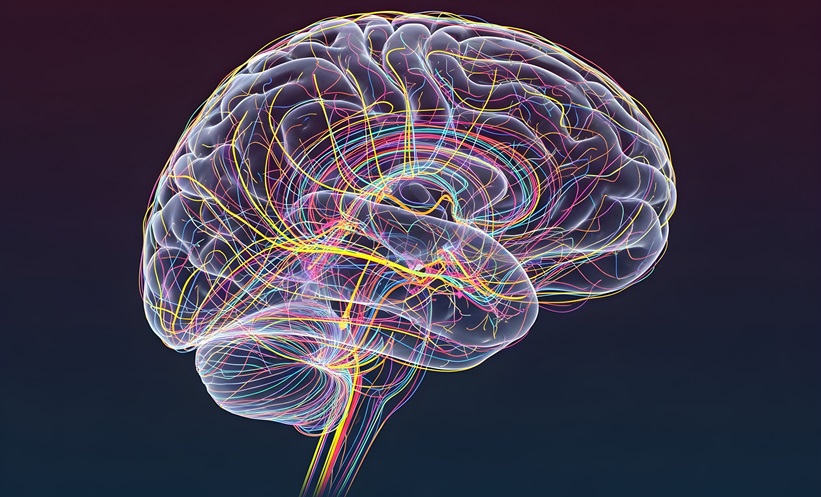A MAJOR international study has shown that new brain imaging techniques can detect early signs of frontotemporal dementia before brain shrinkage or symptoms arise. Researchers found that changes in cortical microstructure, rather than cortical thickness, best indicated disease severity and progression.
Understanding Early Damage in Frontotemporal Dementia
Frontotemporal dementia is a leading cause of dementia before age 65, often marked by changes in behaviour and personality that can mimic psychiatric illness. In roughly one-third of cases, it is hereditary, making families with known mutations key to research. Scientists within the GENFI study examined brain microstructure in 710 participants across 24 research sites, including carriers of C9orf72, GRN, and MAPT gene mutations, alongside non-carriers. Using MRI to measure cortical mean diffusivity, a marker of how water molecules move within brain tissue, the team identified subtle microstructural damage long before visible atrophy appeared. This approach gives researchers a window into the earliest biological changes underlying frontotemporal dementia, potentially redefining how early intervention trials are designed.
Microstructural Changes Reveal Earliest Disease Stages
Cortical mean diffusivity proved more sensitive than cortical thickness in detecting early injury. Increased diffusivity appeared first in C9orf72 mutation carriers even at presymptomatic stages, followed by MAPT carriers with mild symptoms, and GRN carriers at more advanced stages. The extent of microstructural damage correlated strongly with worsening clinical scores, including measures of behaviour and cognition collected over follow-up periods of up to three years. These findings reveal that microstructural injury occurs before traditional imaging can detect cortical thinning, suggesting it may serve as a powerful biomarker for early frontotemporal dementia progression.
Implications for Diagnosis and Clinical Trials
By linking cortical microstructure to symptom progression, the research establishes a foundation for identifying individuals at risk before the onset of clinical decline. In future, this imaging marker could be used to monitor treatment response in therapeutic trials and support earlier testing of disease-modifying interventions for frontotemporal dementia. The study marks an important advance in precision diagnostics, offering a sensitive and reliable measure of cortical integrity for both research and clinical practice.
Reference
Rodriguez-Vieitez E et al. Cortical microstructure is associated with disease severity and clinical progression in genetic frontotemporal dementia: a GENFI study. Molecular Psychiatry. 2025;DOI:10.1038/s41380-025-03280-x.






